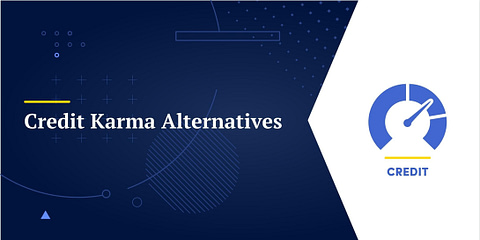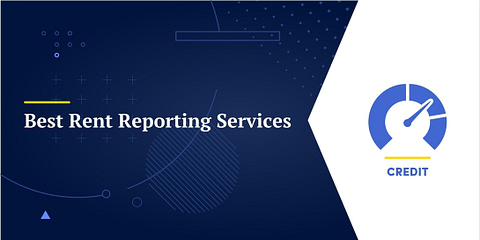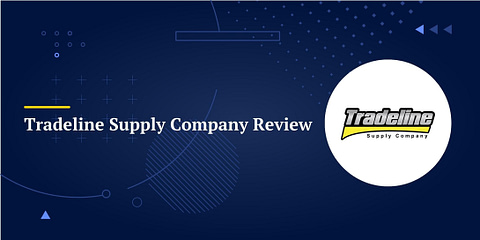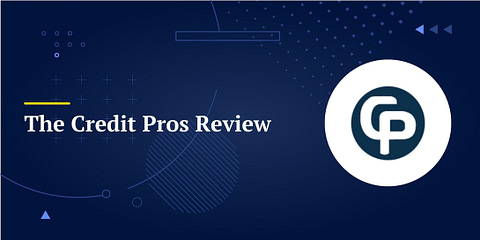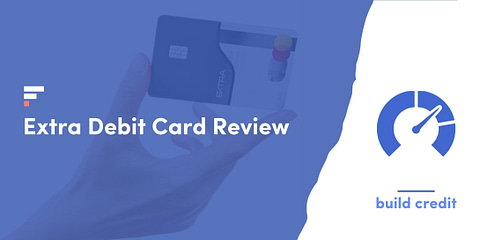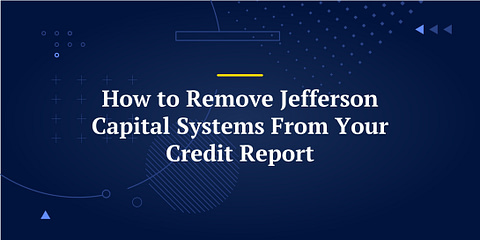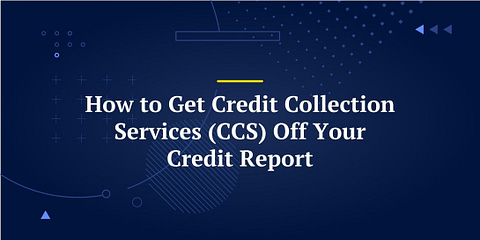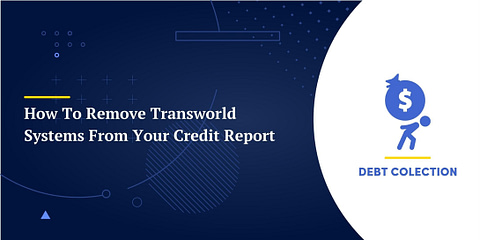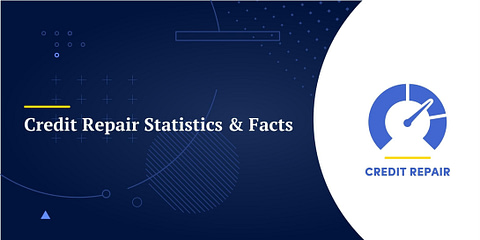Did you know that you have more than one credit score? Did you know that these credit scores can be different?
Many people don’t know, and they often find out the hard way.
👉 For example, let’s say you receive a rejection letter or have a lender tell you in person that your score doesn’t meet their minimum requirements.
But that credit monitoring service you have been using says your score is more than high enough. So what’s going on?
This all too common scenario results from the false assumption that all your credit scores are the same.
Unfortunately, this is not the case. A myriad of factors can affect individual credit score calculations. Everything from the exact scoring model used to simple things like the date your credit scores were pulled can have an impact.
To help clear up the confusing credit scoring mess, let’s explore some of the most common reasons why your credit scores are different.
How Many Credit Scores Do You Have?
You might think the answer is 3: one for each of the credit bureaus; TransUnion, Equifax, and Experian.
☝️ In reality, you have closer to 100 different credit scores!
This is primarily due to the sheer number of credit scores offered by FICO, the leading provider of credit scores.
Their most popular score model, FICO 8, is probably the one you are most familiar with, but FICO has dozens of different scoring models.
Their base model currently goes all the way up to FICO 10 Suite (10T). So while the most popular model is FICO 8, there are now more than 10 versions of this scoring model. And each credit bureau can generate a unique score for each of these models.
😲 That gives you close to 30 different scores for just this one model.
In addition to the base model, FICO offers industry-specific scoring models. This includes scores designed for auto lenders, credit card companies, and more. Each of these has different versions too.
When a new version comes out some creditors will migrate to it, but some will also carry on using the model that’s already familiar. That’s one reason why there are so many models in use at any given time.
FICO isn’t the only name in the business either. VantageScore, a more recent entry in the credit scoring market also offers its own scoring models.
Established by the major credit bureaus to compete with FICO, VantageScore is currently on their 4th scoring model, called VantageScore 4.0. VantageScore 3.0 is still more widely used.
Understanding that each of us has multiple credit scores at any given time is the first step in understanding why these scores are different.
Which Credit Bureau Was Pulled Matters
So you are currently looking at two (or more) of your credit scores, and you are wondering why they don’t match. They may be using different models, but they may also be from two different credit bureaus.
A credit score is derived from the information that appears on your credit report, and that information can differ from credit bureau to credit bureau.
There are two primary reasons for this.
Not All Accounts Report to All Three Bureaus
Creditors have to pay to report to a credit bureau. Some creditors, especially smaller ones, may decide to report to one or two bureaus instead of all three.
If your account history for a creditor is good, the bureaus that the creditor reports to may give you higher scores.
Or the reverse, if your account history with this creditor is bad, it may be dragging one or more of your credit scores down.
Time Has an Impact
Your creditor may be reporting to all three credit bureaus each month, but one credit bureau may take longer than the others to process this information.
That can cause a discrepancy between credit scores, but it is only temporary. Once your updated information is processed by all of the credit bureaus, your credit scores should move closer together.
☝️ These two reasons are why it is important to pay attention to the credit reports as much as your credit scores. This will help you understand how your individual accounts affect your credit and spot any discrepancies.
Different Scoring Models May Have Been Used
There are many different scoring models, and each yields a different score. So, if you are looking at two or more credit scores that are being pulled from the same credit bureau, the next step to check is which scoring model was used.
FICO vs. VantageScore
There are two major players in the credit scoring market, FICO and VantageScore.
FICO has been around since 1956, and they are the premier name in credit scoring, with their most prominent model, FICO 8, reportedly used by up to 90% of all lenders (according to FICO).
The more recent addition to credit scoring, VantageScore, was established in 2006 by the 3 major credit bureaus. While not as widely used by lenders, your VantageScore is usually what you can view on sites offering you a free credit score, like Credit Karma or Credit Sesame.
Both scoring models have a range of 350 to 850, and they incorporate the same information when calculating your credit score. But how they weigh this information and what is considered a ‘good’ score is very different between the two.
For instance, both weigh payment history as the most important, but for FICO, this makes up 35% of your score, while it makes up 41% for VantageScore.
On the other hand, Amounts Owed (based heavily on credit utilization) is weighted more heavily in the FICO model at 30% than the VantageScore model’s Credit Utilization factor at 20%.
Here is a comparison of the two models and how they differ in their score calculations.
FICO Scoring Model
➗ Go to the full page to view the chart
VantageScore Scoring Model
➗ Go to the full page to view the chart
Score Version Used
Another factor to consider in why your credit scores are different may be the version used. Each credit scoring model has several versions.
VantageScore currently has 4 versions, while FICO has 10+ versions of each scoring model.
While some scoring models have subtle differences between versions, others have drastic differences.
👉 For instance, if you have a collection reporting on one (or more) of your credit reports and you pay it or settle it, your score will not improve with the FICO 8 model, but it will with the FICO 9 and FICO 10 models.
It is also worth noting that certain lenders/industries use old versions of credit scoring models. Many mortgage lenders, for instance, still use older FICO 2 through FICO 5 models!
Each version weighs information a little differently, which changes the lender’s qualifications for approval and loan terms. Unfortunately, lenders are a bit slow in adopting new scoring versions.
FICO has actually compiled a list of the most commonly used score versions for different industries categorized by the credit bureau pulled. This can give you a good idea of which credit score will be used when you apply for new credit.
Industry-Specific Scoring Models
Let’s say you want to apply for a car loan or open a new credit card.
When you check your credit to see if you’ll qualify – even if you specifically check your FICO score – the score model used probably won’t be the one the lender or card issuer uses.
This is because certain industries use specific scoring models. And they are unlikely or perhaps unable to tell you which score will be pulled until after you have received rejection/approval.
The first time I found out about industry-specific scores was when I received a rejection for an auto loan several years ago. The rejection letter stated that my score was in the 500s out of 900. But wait, FICO only goes up to 850, right?
Exactly. The score pulled, in this case, was my TransUnion FICO® Auto Score 8. Luckily a different lender pulled my score from Experian, which was higher, and I received approval for a loan.
I remember being very confused by that. The score I had been paying attention to this whole time wasn’t even the one the lenders were using. It was frustrating.
Why You Shouldn’t Sweat the Difference in Credit Scores
It can be frustrating to keep an eye on 3 different credit scores, let alone 40+.
The good news is that you don’t need to keep track of all of your credit scores.
In most cases, just keeping an eye on one credit score can give you a pretty solid indication of what the others are likely to be doing.
Let’s look at some specific examples.
Building Credit
Pick one credit score to watch and stick with it. This way, you get a better idea of how the changes you make in your financial habits are affecting your credit score.
The changes you see to this score as you work on building your credit will be reflected in your other credit scores, even if the specific point change varies slightly between scoring models.
Buying a Car
Instead of waiting until you get to the dealership to determine if you will be approved for a loan or not and/or at what terms, get preapproval instead.
This way, you completely avoid the uncertainty of wondering which credit bureau the lenders will pull from and which score they will use. Asking for a preapproved offer from several lenders will give you offers drawn from several scores and give you the best chance of getting a good offer.
Qualifying for a Mortgage
If you are shopping for a home loan, it would be best to ignore your VantageScore completely. Instead, focus on watching and improving your FICO scores.
Here you’ll likely need to watch the scores from all three credit bureaus since most mortgage lenders pull from multiple credit bureaus. Many credit card issuers and other financial service providers will give you access to a FICO score, though it may only be from one credit bureau.
You might want to consider a paid subscription to MyFICO, which will give you all of your FICO scores.
Opening a New Credit Card
Luckily, most credit cards readily provide their minimum credit score range. Many also offer a preapproval process.
Aim for your score to fall into the middle of the range they are looking for, but don’t worry too much about your exact score. Credit cards are the one credit product that, as you build a relationship, you can be granted better terms like lower interest rates and higher credit limits.
☝️ Remember that if your credit score is toward to lower end of an issuer’s acceptable range, you may find yourself with a low credit limit and a high interest rate.
Fraud is the Exception
The exception to the ‘don’t sweat it’ rule will be if you suspect fraud.
Credit scores that are radically different from one another can be a sign of potential fraud. Either there are a high number of inquiries on one or more of your reports, or there are a bunch of new accounts being opened. There may even be late payments on accounts that aren’t even yours.
If you see dramatic differences in your credit scores, immediately pull credit reports for all 3 credit bureaus and review them carefully. If you find any issues, you’ll need to open a dispute with that credit bureau.
You’ll want to continue to closely monitor all three of these credit reports and scores over the next few months (at least).
This is important for making sure the fraudulent accounts are removed and to keep watch for any new ones. It often takes months for new accounts to be reported to the credit bureaus.
In fact, if you suspect fraud and you have no need to apply for new credit in the immediate future, looking into initiating a credit freeze might be a good option. If you suspect identity theft, the FTC has excellent resources on how to proceed.
Conclusion
You have dozens of credit scores, and each one is different. It is not unusual for your credit scores to differ from one another as each pulls different information and weighs that information according to a unique algorithm.
Monitoring score differences can help catch potential fraud early, but outside of that, stressing about the point discrepancies between your scores is not helpful.
Knowing how the financial changes you make can influence your credit score(s) is much more beneficial to the future of your credit than focusing too narrowly on the 8 point difference between your TransUnion and Equifax scores!

